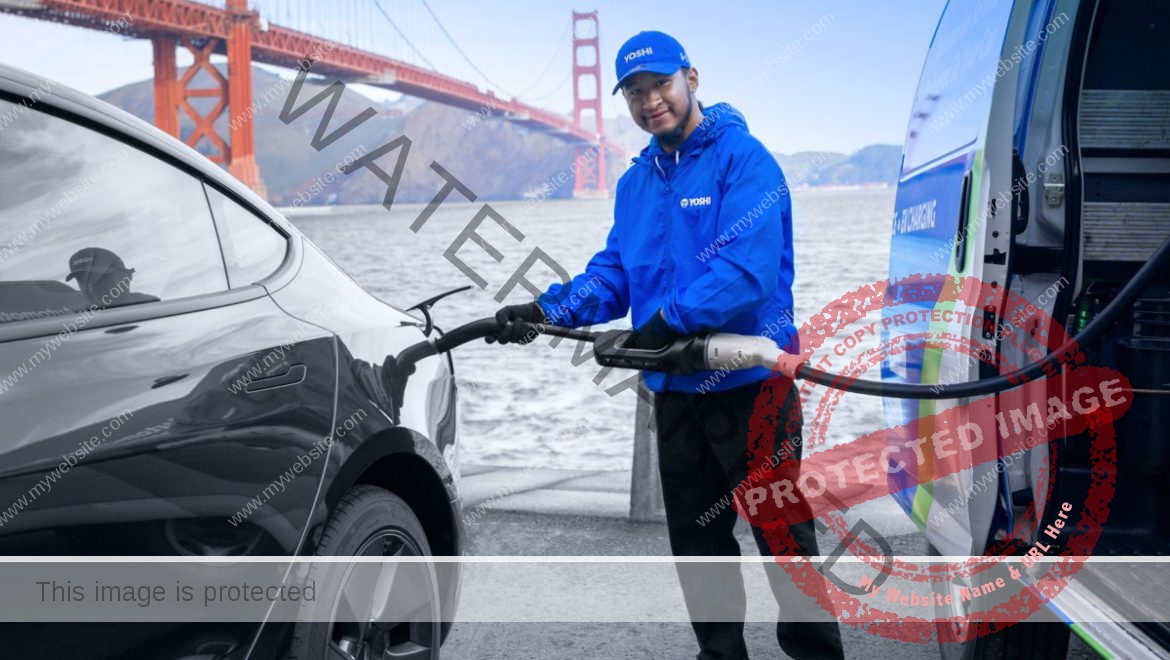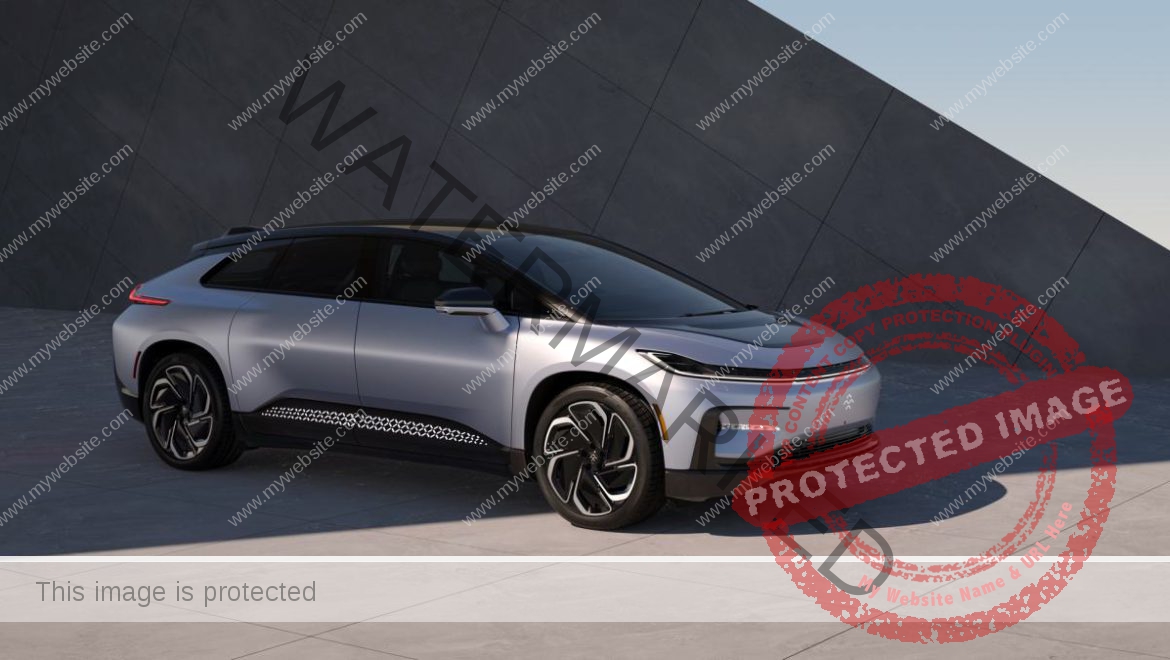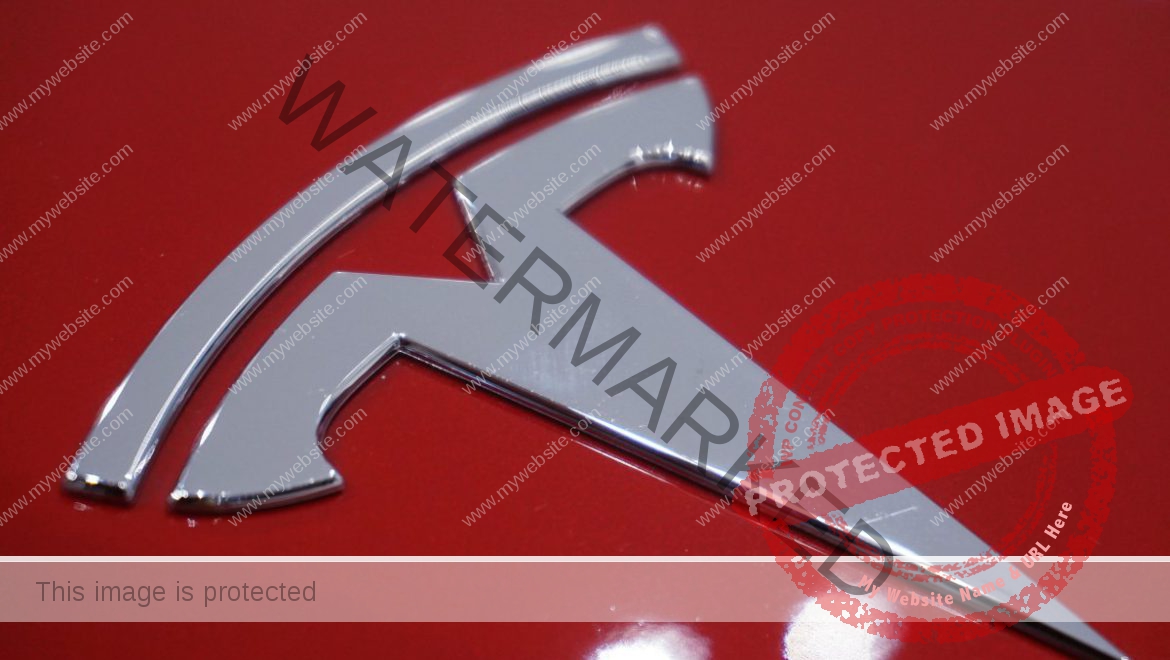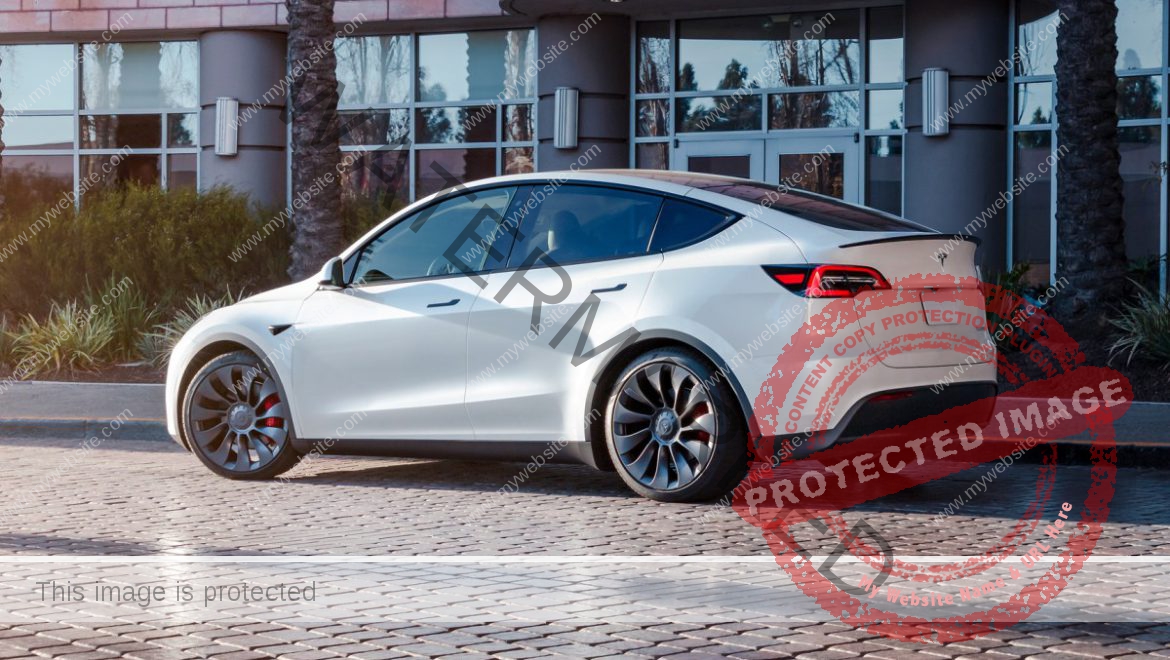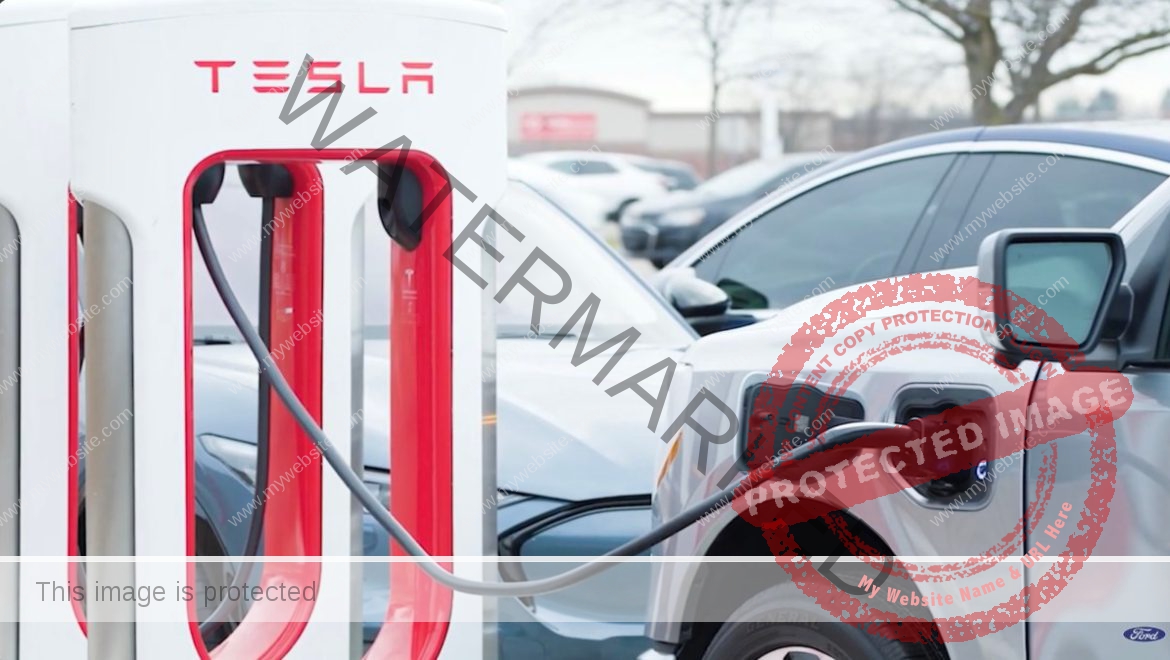Equities platform Midas raises $45M Series A as fintech retains its sparkle in Turkey | TechCrunch
Midas, a fintech startup that allows people in Turkey to invest in U.S. and Turkish equities, says it has raised $45 million in a funding round led by Portage Ventures of Canada.
The startup is aimed at Turkey’s retail investor market and claims to have more than 2 million users. Its pitch is that it charges significantly lower transaction and commission fees for Turkish customers who want to invest in U.S. or Turkish stocks. It also offers financial content, real-time stock market data and news, and company profiles — all to educate what many consider to be somewhat of an emerging market.
“If you came to Turkey three years ago, there were only 1.5 million investors. That’s in a country of 80 million,” Egem Eraslan, CEO and founder of Midas, told TechCrunch. “Capital markets penetration rates were very, very low. Mobile banking in Turkey is very good and widespread, but there was a lack of investment in equities products because of a lack of infrastructure.”
According to Eraslan, Midas managed to change that dynamic by building its own infrastructure and providing a decent user experience. “We were extremely capital-efficient. We built much of the initial infrastructure product and licensing with less than $500,000, and that allowed us to launch, get traction, raise capital and break that deadlock. We might be the only new broker in the world that launched self-clearing, self-custody, and self-execution.”
Midas is not dissimilar to U.S.-based Robinhood, which has become a giant in the space by providing retail investors an easy avenue to investing in the financial markets. But Eraslan explains that his company has had take a different tack in Turkey.
“We had to launch multiple products with our own self-clearing, custody, and with the entire value chain. If you’re Robinhood, you don’t have to do self-custody or self-clearing.”
Midas now plans to use the new funding to roll out three new products: cryptocurrency trading, mutual funds, and savings accounts. The company has plans to expand beyond Turkey, and aims to target countries in the MENA region.
International Finance Corporation, Spark Capital, Earlybird Digital East Fund, and Revo Capital also participated in the round. The company last raised an $11 million seed round in 2022. Arriving within three years of its founding, Midas’ latest fundraise is one of the largest by a Turkish fintech in recent years, close behind embedded finance startup Param, which raised $50 million in 2022.
Cem Sertoglu, managing partner of Earlybird Digital East Fund, of the startup’s early investors said, “Having timed the explosion in demand in the Turkish investment market perfectly as the first digital-native investment platform, Midas has been executing flawlessly. Winning the domestic market in the world’s 11th-largest economy will already be a success for Midas, but its ambitions lie further than that.”
In a statement, Paul Desmarais III, co-Founder of Portage, and CEO and chairman of Sagard, said: “Midas is leading a wave of transformation within Turkey’s financial landscape. Globally, Portage invests in transformational financial technology and Midas is poised to lead that initiative in a region of early adopters.”


